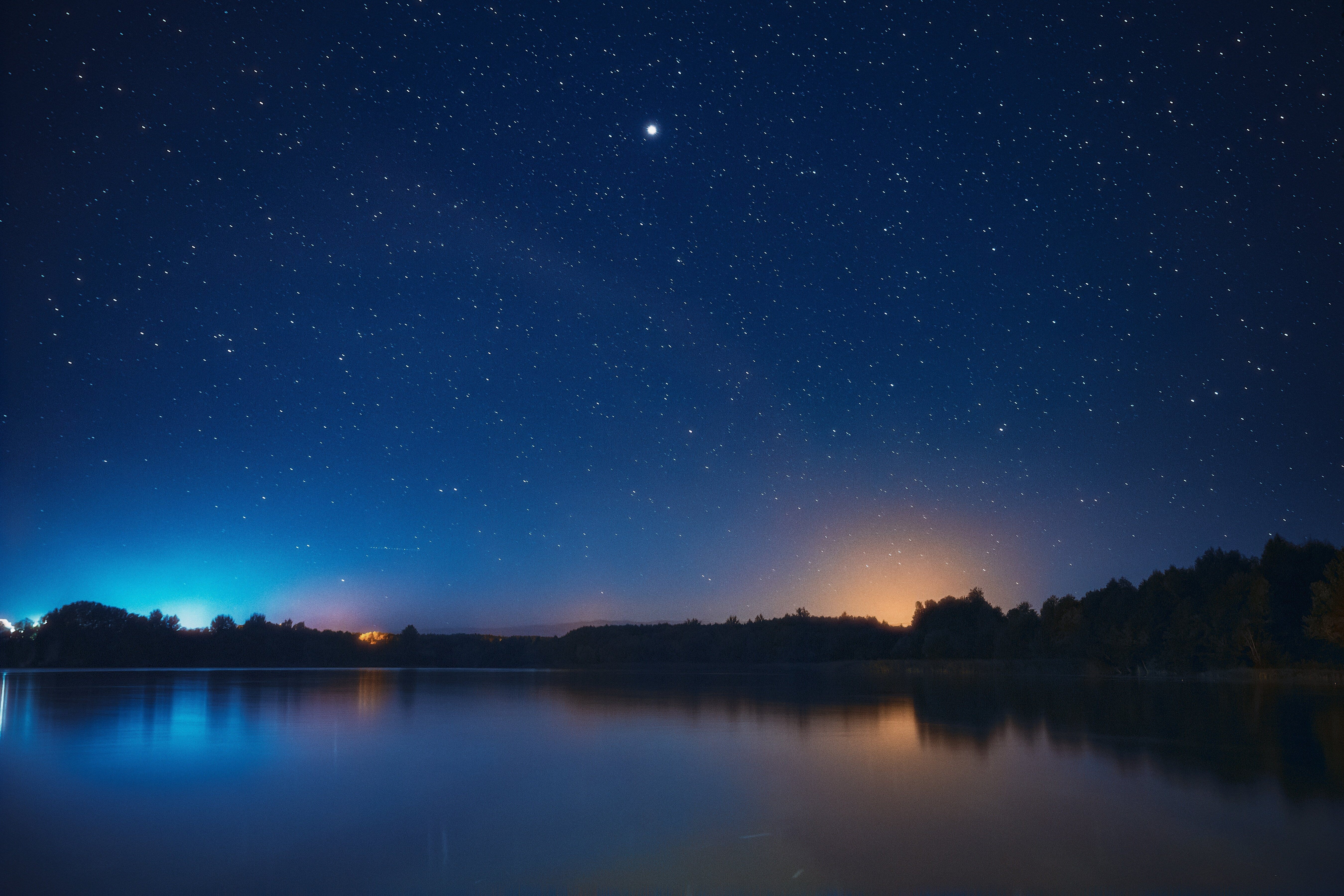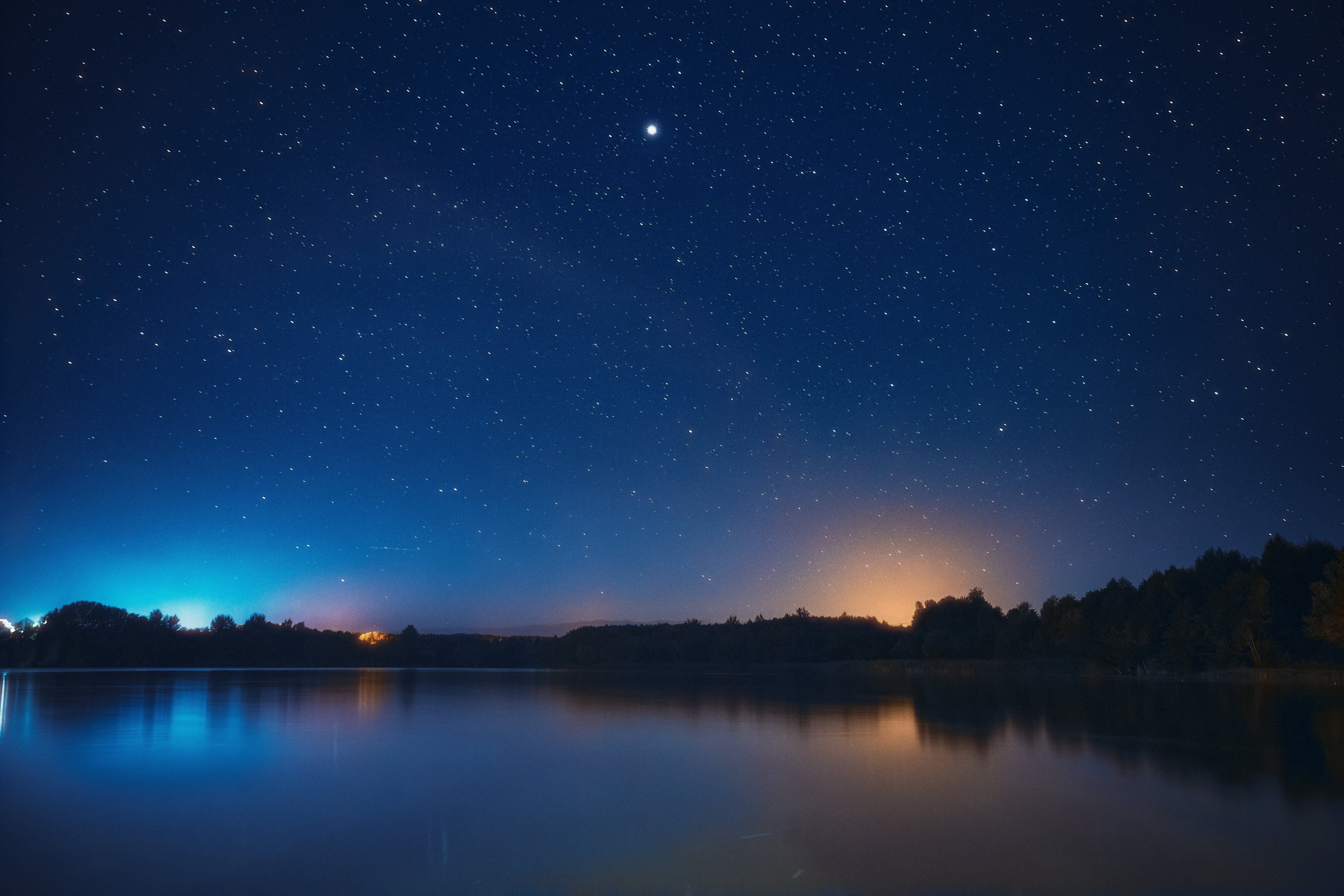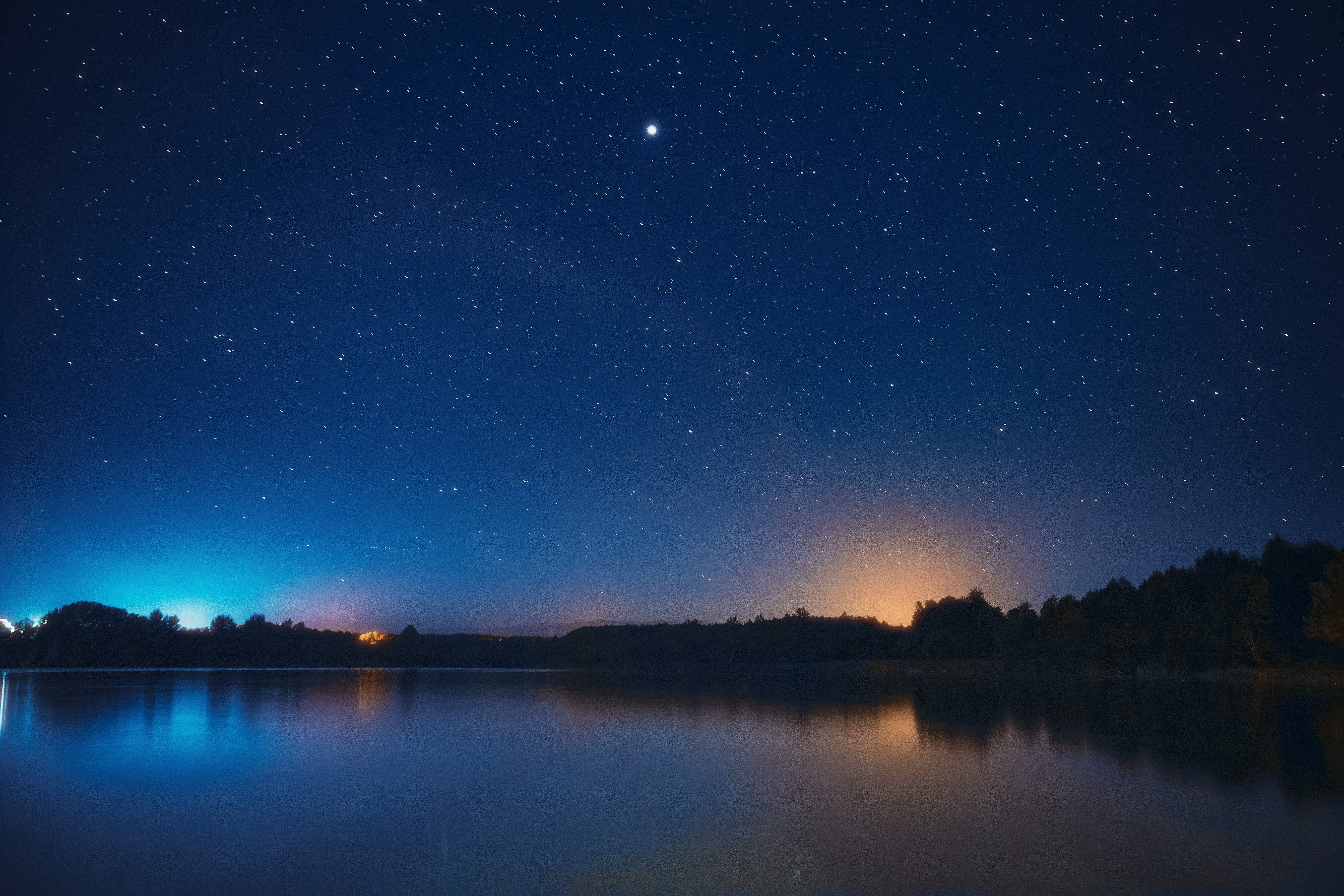In the last few weeks our home Planet Earth has experienced two events which potentially could have caused severe destruction. We refer to the threat of a tsunami on July 29 and the occurrence of two minor earthquakes in my former home state of New Jersey during the first week of August.
We have mentioned the Japanese term tsunami on several occasions since our blog’s inception but have not discussed the phenomenon in detail. We have referenced other natural disasters in considerable detail: floods, droughts, hurricanes, and tornadoes, for example. All of these phenomena occur on an active planet described as “dynamic” in many of our past posts. Linked below is an early post defining the term “dynamic” in terms of force, power, and energy. Our active planet possesses force, power, and energy to an incredible degree.
https://jasscience.blogspot.com/2008/08/dynamic-planet-earth.html
Wikipedia offers an accurate definition of tsunamis: “A series of waves in a water body caused by displacement of a large volume of water, generally in an ocean or large lake. Earthquakes, volcanic eruptions and underwater explosions (including detonations, landslides, glacier calvings, meteorite impacts and other disturbances) above or below water all have the potential to generate a tsunami.”
We suggest our readers research a historic, mighty planetary event: the tsunami of 2004. On the day after Christmas, December 26, 2004, a destructive tsunami struck several countries in southern Asia in the vicinity of the Indian Ocean. The waves of water were over 30 feet high and caused the death of about 230,000 people along the shoreline of the Indian Ocean. So far it has been the deadliest natural disaster of the 21st century. Dozens of YouTube videos describing this disaster are posted on the Internet.
Our dynamic Planet Earth is alive with activity. We do not live on a lifeless sphere of rock. The planet is composed of many layers—crust, lithosphere, asthenosphere, mantle, outer core, and inner core. These layers have different compositions, temperatures, and malleability. Different conditions within our solid planet are responsible for events on the earth’s surface. Ultimately, events at the surface of our planet are affected by what takes place below the surface—long term events such as movement of crustal plates as well as short term events—earthquakes and tsunamis. Earth scientists specialize in researching the physical components of Planet Earth—its geosphere, hydrosphere, and atmosphere.
Convection currents transfer heat energy. They are best known and best explained in air and water. Heat energy causes thermal expansion in gases and liquids. Pressure differences result in movement of matter from higher density to lower density areas. This is one way to produce a convection current. Such currents also occur in rocks of Earth’s crust because crustal rocks are very slightly malleable and fluid.
Convection currents cause movement of chunks (plates) of the Earth’s crust across Earth’s surface. “Crustal plates” are slowly driven by convection currents generated by decay of radioactive elements in the underlying mantle. The plates collide or slide past each other, triggering earthquakes. If the earthquake occurs under water, waves are generated. The recent tsunami threat did not result in serious destruction, but many waves of various heights occurred over the entire Pacific Ocean basin.
Some events on our active, dynamic Planet Earth result in human tragedy.
Surprisingly, natural disasters account for <1% of human deaths in any given year. Statistics show a 90% decrease in world deaths from natural tragedies in the last century. These statistics do not include deaths from pandemics and warfare. God’s mandate in Genesis 1 to “have dominion” over the earth in terms of creation care has helped humanity produce early warning systems, better infrastructure, and improved agricultural practices. We offer two examples of early warning systems: the July 29, 2025 tsunami waves were preceded by ample warnings by media reporters. Meteorologists publish numerous warnings of imminent tornadoes, hurricanes, and even dangerous thunderstorms.
Planet Earth has been under physical construction for long ages. Our Creator chose to utilize countless eons to create our unique planet. God is no less powerful creating our universe, including our planetary abode, over long periods of time rather than in sudden “bursts.” We call these creation events transformational miracles rather than the rare transcendent miracles and the everyday sustaining miracles. Our Divine Creator is not time limited when He produces miracles. Here is a link to a previous post:
https://jasscience.blogspot.com/2017/11/our-miracle-immersed-planet.html
Earthquakes are the result of the “miracle” of convection currents which enable recycling of Earth’s minerals over eons of time. Tsunamis are caused by underwater earthquakes on our miracle-immersed planet. The same convective forces causing destructive tsunamis also result in rock recycling. Minerals from recycled rock ultimately become fertile soil in which our agricultural crops thrive. 80% of the earth’s crust originated in volcanic material.
We give thanks to our Creator for producing a wealth of divine transformational miracles on our planet!

Jim Virkler
Jim Virkler is a retired high school science teacher who writes extensively on the harmony between scientific discoveries and the Christian faith.





Leave a comment